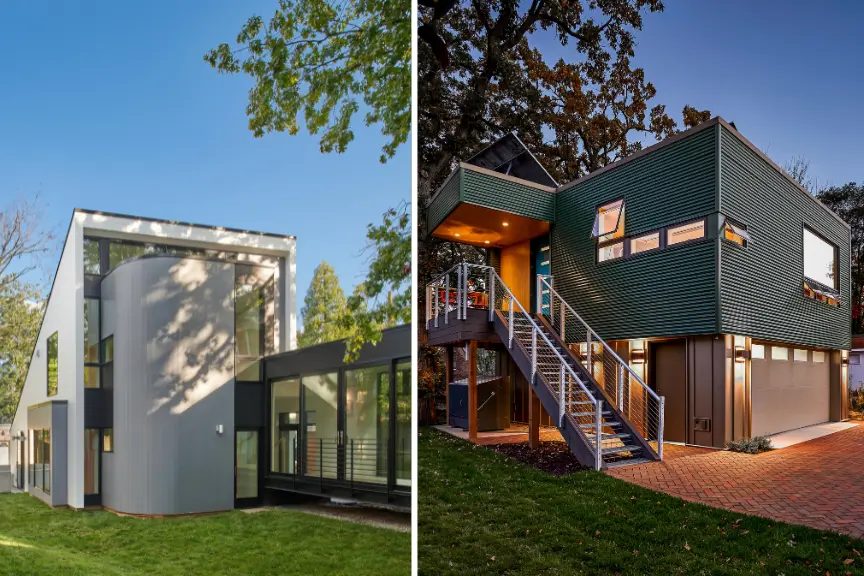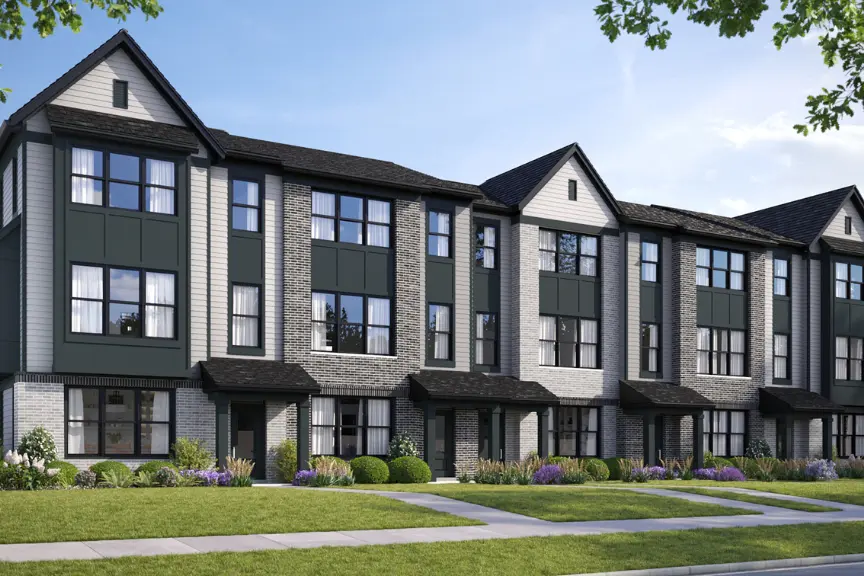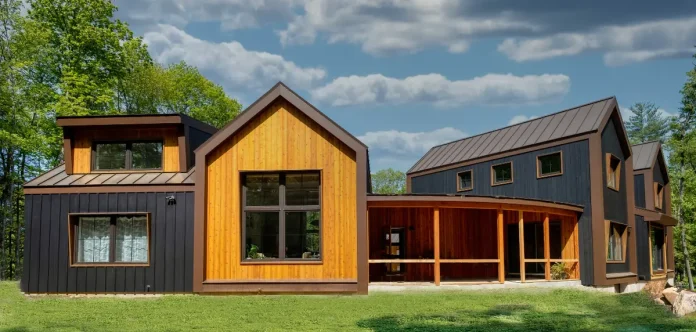As multigenerational living becomes more prevalent in the U.S., families and builders are adapting to meet diverse needs. Here are the key trends shaping this living arrangement:
A Range of Solutions for Different Needs
There is no single approach to multigenerational living. Some families opt for additions with private access, such as a separate apartment for older relatives. Others create basement apartments or add accessory dwelling units (ADUs) for more privacy while staying connected.

Flexibility Is Key
Given the diversity of family needs—ranging from mobility challenges to privacy preferences—homes must be adaptable. ADUs are particularly popular because they can be customized to suit a variety of situations, from grandparents helping with childcare to older adults aging in place.
Challenges in Readiness and Regulations
Despite the rising demand, the U.S. housing market isn’t fully equipped to support multigenerational living. There’s a shortage of accessible homes, and while ADUs are gaining popularity, zoning laws and community acceptance vary significantly across the country.

As families continue to explore multigenerational living, flexibility, thoughtful design, and regulatory adaptations will be critical for making this trend sustainable in the long term.




